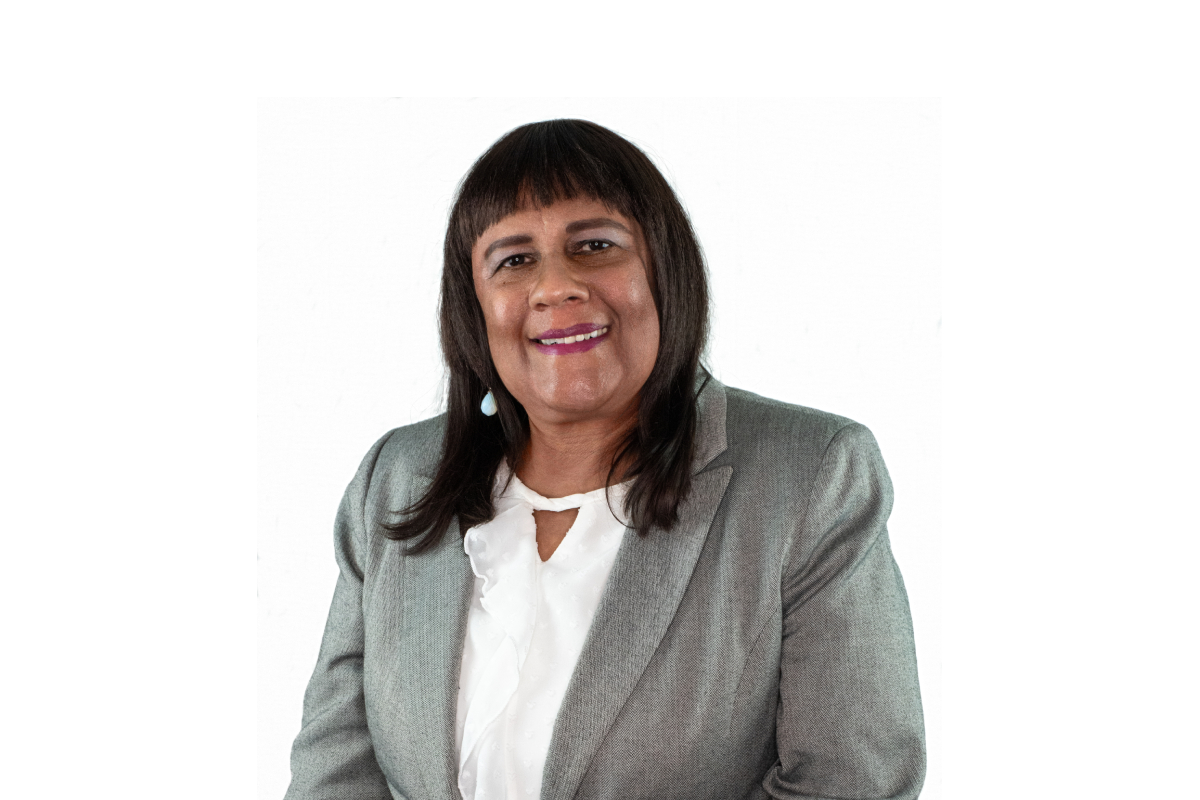Hijacking is a term typically used to describe a vehicle or organization that’s been taken over, but the possibility of the human mind being hijacked is terrifying. With recent advancements in technology, learning how to control consumers’ minds and manipulate their behaviour is turning into common practice for many companies.
Engineers are learning how to apply the same strategies used in casinos to foster gambling addictions to tech products we use every day. Social media has turned into a platform where sharing unrealistic expectations with others has become the norm, leading to false consumer beliefs and rising rates of depression. People are increasingly addicted to their smartphones and scrolling through their feeds. Our society is obsessed with consuming massive amounts of information, but often without proper context or true understanding, with little regard for what it means to rely so heavily on our devices.
Companies are exploiting human insecurities to develop products that “fill a void” or create a sort of high. YouTube uses data from users’ past activities to build recommendation lists that suggest they keep watching more similar content, as if to test their self-control. Instagram targets self-esteem with notifications that mimic praise to boost confidence through instant gratification, but instead such practices leave many with an increasing sense of painful isolation and other mental-health concerns.
Google has a job called “design ethicist and product philosopher,” essentially an expert on how technology hijacks and exploits consumers’ psychological vulnerabilities (with a goal of doing so “ethically”). Tristan Harris, who held the position for three years before leaving the tech giant in 2016, has publicly spoken about it, and now works for the non-profit Time Well Spent, which is devoted to “realigning technology with humanity’s best interests.”
But such efforts are still seemingly in the minority. Programmers and designers can learn from “attention economy” experts like Nir Eyal, author of Hooked: How to Build Habit-Forming Products. Eyal holds regular seminars explaining how to better influence users and encourage habitual use of a company’s products and services.
According to people like Eyal, none of these developments are a coincidence. He examined how various successful Silicon Valley companies operated and developed his own techniques for influencing users. He now shares those techniques with companies through consultations and seminars focused on activating consumers’ compulsive behaviour through product design. It’s no accident that you click on what you click on; designers of that site or service knew exactly what they were doing.
The real question is whether all of this is a problem. It’s no surprise that designers are engaging in these practices, especially since the end goal for most businesses is to sell a product or service. Is it acceptable that companies are studying people to exploit their insecurities? As humans we all have free will, so the fault doesn’t lie exclusively with software and programmers. However, the fact that some businesses are willing to create products using these manipulative techniques does seem troubling.
Should consumers be made more aware of what really goes on behind the scenes at these companies? A strong case could be made, certainly. But a better question might be, if users did know more about how they’re being influenced, would it change anything? Or is this “attention engineering” just another part of doing business in our online world? Judge for yourself – and invest in your own mind, before some company does.
Rhea Braganza | Contributing Writer




















